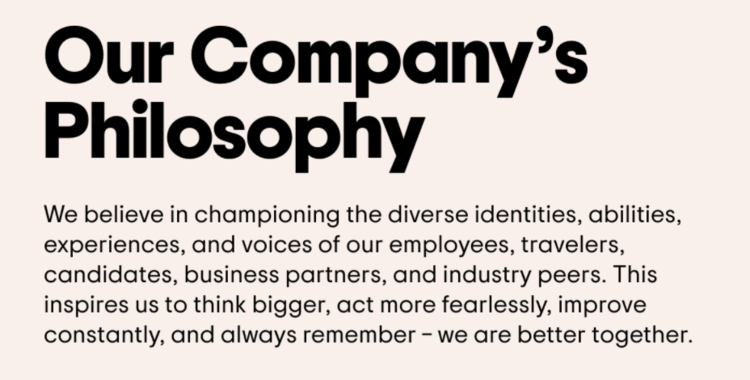With the rise of social media applications and the introduction of Generation Z into the market, it’s time to take a pause and reflect on what this new generation means for the future of branding and businesses.
Gen Z, considered to be people born between 1996 & 2013, are the most racially and ethnically diverse generations ever, with a buying power of over $44 billion: their buying influence expands up to $200 billion when taking into account their family’s spending. With companies rapidly evolving to meet the needs of a changing consumer base, it is crucial to see what trends are currently working best for this new generation of buyers.
1. A socially-aware mission and values is essential for your brand.
In a study done by the National Retail Association, 55% of Gen Zers opt for brands that are eco-friendly and socially responsible. Rising young adults want brands to “be a representation of their values, their expectation of themselves and their peers,” thus pushing brands to embody mission statements that take into consideration social intersectionalities. Trip Advisor, America’s leading online travel company, made their diversity a forefront in their brand during 2020 (pictured in photo), reflecting the move of company’s to bring to light sustainability inequities and connecting with their consumer base on a much more personal level.
2. Aesthetic and Relationship to Customer matters
Gen Z cares much more about the experience of the product rather than solely the quality of the product itself. Because of that, brands have been shifting towards creating a user experience that is completely transparent and authentic with the consumer. Social media has allowed for companies to exponentially increase their target audiences by allowing them to curate their user experiences through their different social media channels, allow users to interact directly with product teams, and create a platform that relates to the consumer on a much more personal level. This new trend has led companies to shift towards using micro-influencers in order to have a larger quantity of marketing outreaches, shift almost completely onto social media pages like Instagram as their main source of digital media, and focus ads into more personal outlets such as direct messaging.
3.The shorter and funnier the ad, the better.

While the average attention span of Millennials before clicking out of an advertisement was 12 seconds, this span has gone down to only 8 seconds for Gen Z. Because of this, brands have shifted to quicker and more efficient ways of reaching their consumer base, such as YouTube’s 6 seconds ad windows or Instagram’s 24-hour stories.
With the rise of video streaming applications like YouTube and TikTok, Gen Z has become increasingly more interested in second-long video ads as their main source of interacting with brands, rather than conventional commercials or loyalty-centered programs that used to work on Millenials. Brands have shifted to TikTok in order to curate ads that are not only informational, but blend into a user’s entertainment feed so that the ad becomes part of the user experience
4.Transparent and privacy matters.
With internet search platforms like Google making a pledge to cease all use of third-party cookies within the next few years, companies have also started to shift to become more transparent in terms of personal privacy and internal logistics of brands. Lack of cookies has evolved the ad experience to be more content based, yet the algorithmic data by social media apps has allowed for these ads to still target their designated audiences. Companies like Southwest Airlines released a series that highlighted the lack of hidden fees within the flight prices, while other local brands published their BIPOC employee numbers in order to hold themselves accountable for increased diversity. This shift in transparency has effectively worked at garnering the attention of Gen Z, a generation not afraid to voice their concerns or call a brand out for something.
In summary, Gen Z is a group of consumers that require a complete shift in the way in which brands market their products. By focusing on inclusivity, transparency, authenticity, and time-efficiency, your brand can take the next step in leading this change within the digital media world for the better.


Leave a Reply